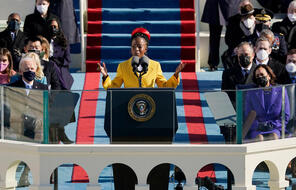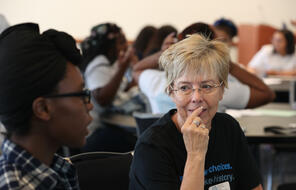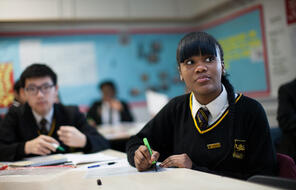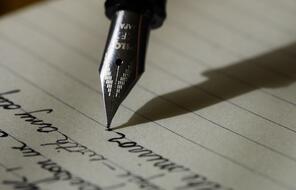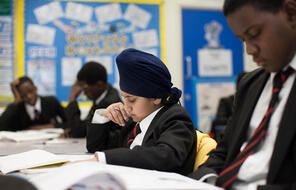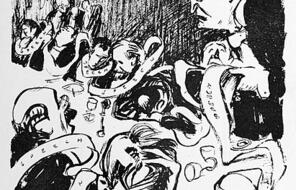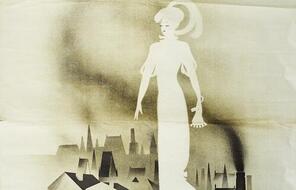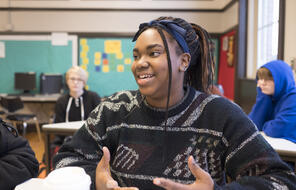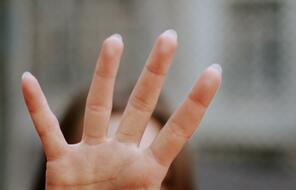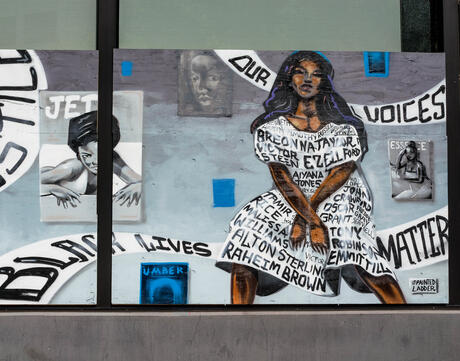
Art, Imagination, and the Quest for Racial Justice
At a Glance
Language
English — USSubject
- English & Language Arts
- History
Grade
6–12- Democracy & Civic Engagement
Overview
About This Mini-Lesson
We are living through a historic reckoning on racial justice. The Black Lives Matter movement, which is a decentralized movement working to end police brutality against Black Americans, is considered to be one of the largest protest movements in the history of the United States. This movement began in 2013 after Trayvon Martin—a Black, teenage boy—was murdered, and it gained momentum over the summer of 2020 after the murder of George Floyd sparked protests across the United States and the world.
Art has been a powerful tool in the Black Lives Matter movement because it has the power to change how we perceive ourselves, how we think about belonging and representation, and how we imagine the future. Youth Poet Laureate Amanda Gorman writes in her poem “Pictures and Progress”:
For a people to be rendered visible,
indivisible, vivid and vibrant as all the glass we carry,
We cannot just have a vision of justice.
We must be able to envision ourselves in that vision
for justice to be served,
For the right to representation that we all deserve. 1
This mini-lesson helps students learn about the power of art as a tool for social change and the ways in which artists and activists use artworks—including poetry, photography, murals, music, and dance—in the fight for racial justice in the United States.
- 1Amanda Gorman, “Pictures and Progress” in Vision & Justice: A Civic Curriculum, p. 33.
Activities
Activities
Extension Activities
Materials and Downloads
Resources from Other Organizations
Unlimited Access to Learning. More Added Every Month.
Facing History & Ourselves is designed for educators who want to help students explore identity, think critically, grow emotionally, act ethically, and participate in civic life. It’s hard work, so we’ve developed some go-to professional learning opportunities to help you along the way.
Exploring ELA Text Selection with Julia Torres
On-Demand

Working for Justice, Equity and Civic Agency in Our Schools: A Conversation with Clint Smith
On-Demand

Centering Student Voices to Build Community and Agency
On-Demand


